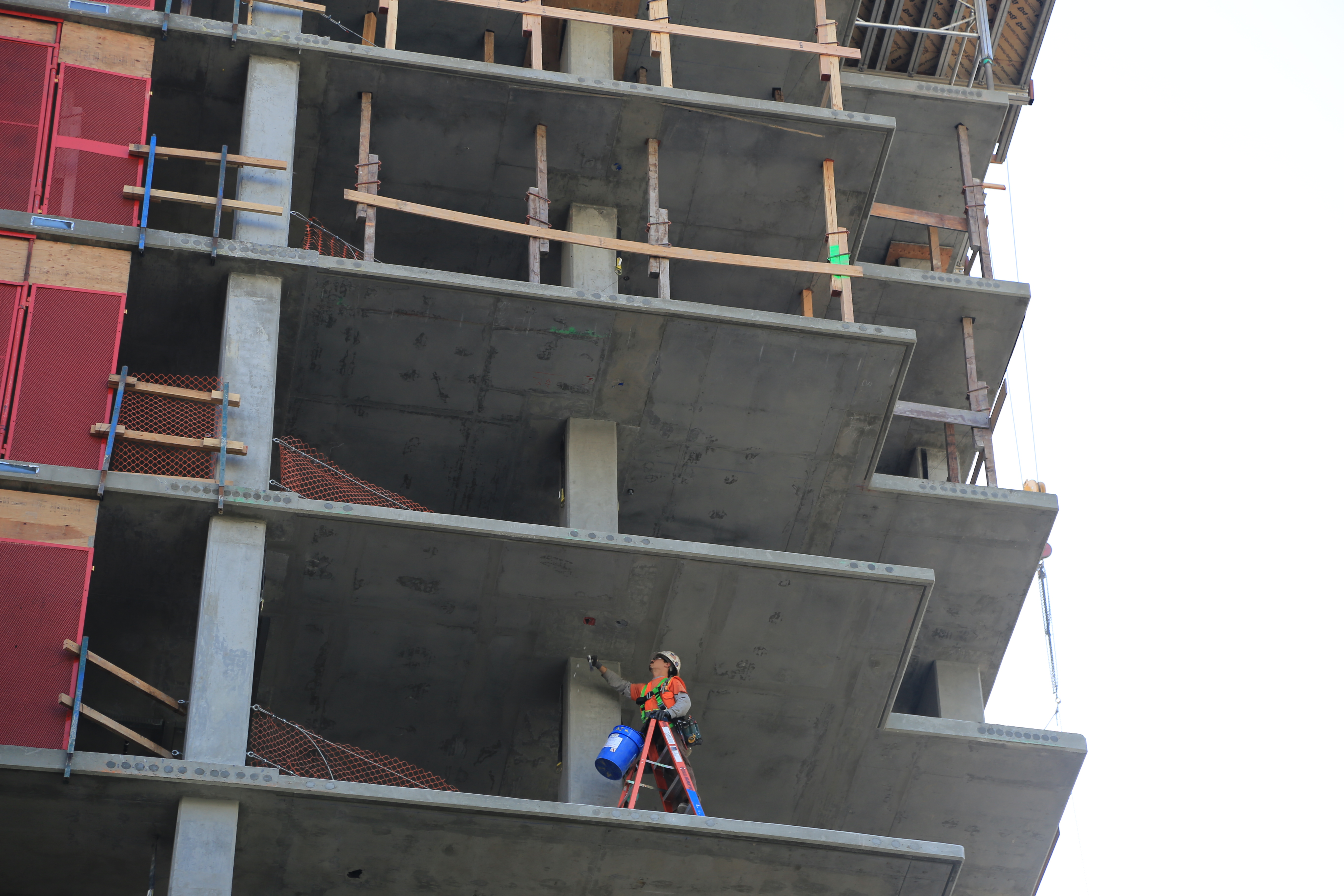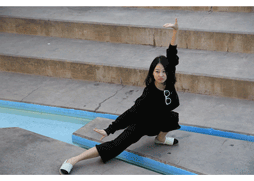
It was a weekday afternoon, and Marcus Davis was sitting at a bench in Grand Hope Park. Since he was fired by his former working place as a worker half a year ago, he has been jobless and seeking for a job everywhere in Central Downtown area.
“My peers are changing.”
- Marcus Davis
Davis said in the past five years, he has noticed a number of Latino people have been pouring in his working and living space. At first he didn't think it would be a big problem to him, because he could get along fine with people of other races, including Latino, although sometimes he still would miss the time when he could see his “black brothers” around. But out of his expectation, the scope of the increase of Latino population is much larger than he thought, and it would ever be an obstacle in his life.
Davis said, he thought Latinos were taking up the job opportunities and offering new competitions to African Americas. In his opinion, the majority population of both Black and Latinos are mostly concentrating in the same career fields, while the white people and Asian people are occupied in higher-end work. So the Latino community that moved in these years casted the dominant threat to African American people.
However, Marcus Hill, who is working as a public security, and Martasia Person, a student studying at Fashion Institute of Design & Merchandising, both hold the same viewpoint, that African Americans shouldn't blame on Latinos for taking away jobs in the same area. Hills says in the last three years, some of his black neighbors who had a nice job started to engage in drugs, alcohol and other things that hindered them from living actively, and caused them to lose their jobs eventually. He thought it’s not the tendency that “a race trying to grab the bread out of another race’s mouth”, it is the hard-working ones getting what they deserve, and the lazy ones losing it.
Person didn't want to say that African Americans are lazy, but she thought Latinos are always willing to migrate or commute for better job.
“There are plenty of job opportunities,” said Person, “even if it’s not the thing in South Park, they can find a good one in other places. ”
Davis admitted that his unwillingness of leaving Central downtown impede his progress of job hunting. He does not want to leave Central Downtown Los Angeles to work or live, because that means he has to change his life he has got used to.
But during this six-month period, he started to gradually realize that,
Curtis Williams, an African American homeless person, said another reason behind was that Latino people are willing to accept a lower wage, sometimes even lower than the minimum wage standard, by working illicitly. He said on one hand some of them are undocumented immigrants from Mexico, therefore they are unable to pursue legal claims. On the other hand, Latino people he knows generally have strong family ties that drive the labor force in a household to earn more money to support other members, no matter how big the risks will be, and how much efforts they have to pay. This is the underlying reason he believes to foster Latino immigrants to come to downtown LA, where there is a larger chance to make a good living.
Brent Carr, also an African American homeless thought, thanks to the development of public transportation, more people can commute more easily, and thus less people want to establish their families in areas like South Park, where the economic impact of the Staples Center have caused the living costs here become too high. He said the black families are not necessarily incapable of affording to reside here, but rather, it is because they think it not worthwhile for them to stick on here.

According to Thomas Gustafson , Associate Professor of English and American Studies and Ethnicity at USC, the gentrification process and the demographic changes are correlated and mutually reinforcing. Since the construction of Staples Center in 1990s, and L.A. Live adjacent to it in 2000s, South Park has witness the evolvement of a cluster of high-rise buildings that, not only dominate the view and change the landscape, but also attract a group of social elites who live beyond downtown LA to work. At the same time, as positive derivative effects, the surrounding business and trades also get stimulated and advanced. Therefore, it trigger commercial transformation in the small area, and result in the demographic changes in the work places accordingly.
The immigration of Latinos in LA has caused difficulties to African Americans.
Learn How LA's Racial Tension from News Reporting
A timeline helps you to learn about the racial changes in the workplaces.



